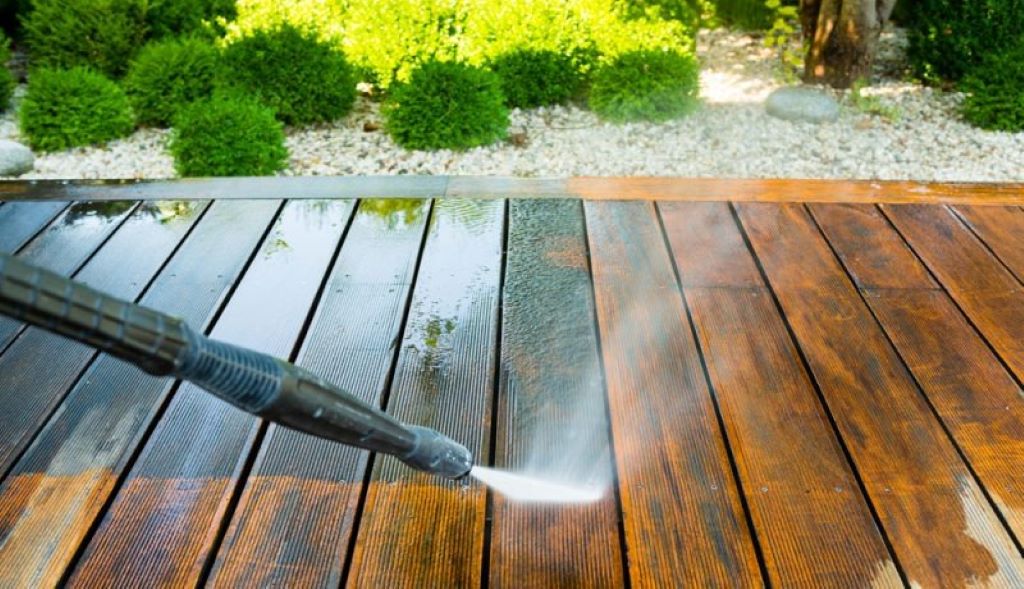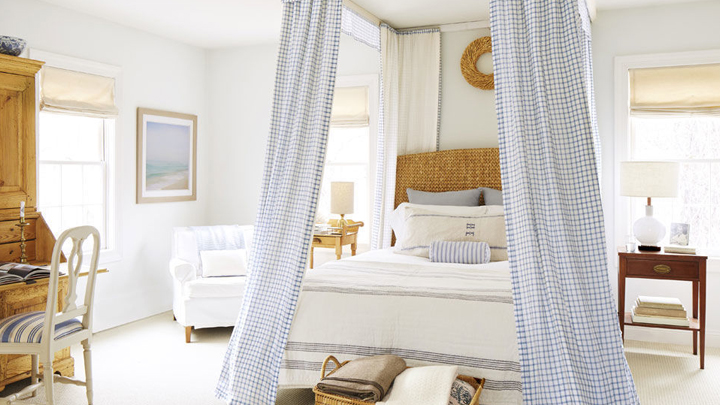Introduction to Deck Deterioration
For many homeowners, a deck is a treasured outdoor respite—a place for gatherings, relaxation, and enjoyment of nature. However, decks can quickly become overrun by mold, mildew, and algae without proper care, leading to aesthetic and structural concerns. Regular deck cleaning prevents these organisms from taking hold and causing long-term damage.
These growths not only mar the visual appeal of your deck but can also present safety hazards by making surfaces slick and hazardous. Beyond aesthetic concerns, these microorganisms can gradually deteriorate decking materials, potentially leading to costly repairs or replacements.
Understanding Mold, Mildew, and Algae
Mold, mildew, and algae are fungi and plants that thrive in damp, shady environments. Mold and mildew are fungi that often appear as black spots or green patches on wood surfaces where moisture is prevalent. Algae, a simpler plant organism, often shows up as greenish, slimy coatings that make walking surfaces slippery.
These organisms thrive on dirt, dust, and overall dampness, often found on decks lacking regular cleaning and maintenance. They thrive best in humid climates or after rainy periods when surfaces remain wet. Keeping decks dry and clean is a primary step in preventing their buildup.
Effects of Organisms on Deck Materials
Mold, mildew, and algae are unsightly and seriously affect deck materials over time. These organisms can break down the wood fibers for wooden decks, leading to rot, weakening the structure, and increasing the risk of splintering. Composite and other materials can cause discoloration and deterioration, compromising the deck’s lifespan and appeal.
This issue extends beyond decks. For instance, siding washing is a crucial maintenance task for preventing similar growth on your home’s vertical surfaces.
Exposure to these elements promotes quicker wear and tear, reducing the deck’s lifespan. Furthermore, neglect can lead to more difficult and expensive issues to rectify, making proactive care vital.
Preventing Growth On Your Deck
When it comes to maintaining your deck, prevention is preferable to cure. Ensure the deck is properly sealed to repel water and reduce moisture retention. Regularly sweeping and washing away accumulated dirt and debris can remove the nutrients mold and algae need to flourish.
Consider improving air circulation around your deck to facilitate quicker drying times after a rainstorm or cleaning. Pruning back overhanging plants and trees helps dry the deck, reducing potential growth areas for mildew or mold.
Cleaning Methods for Longevity
Cleaning is an effective defense against unwanted growth. To scrub surfaces regularly, use warm water and gentle, biodegradable detergent. A solution of water and vinegar can be particularly effective for tougher infestations.
Pressure washing is a powerful tool for maintaining wood decks, but exercise caution not to damage wood fibers with excessive pressure. Always follow up with an appropriate sealer. Consider consulting a professional cleaning service for a thorough and safe cleaning of areas with extensive mildew.
Seasonal Care Tips
Seasonal maintenance plays a significant role in deck longevity. In the spring, assess winter damage and remove any remaining mold or algae from wet, exposed surfaces. Summer involves regular cleaning and monitoring for growth as conditions for organism proliferation are ripe.
Fall is the time to remove debris that could fuel mold during winter. During winter, keep surfaces clear of snow and debris to prevent water buildup, which offers a haven for growth in warmer weather.
Conclusion: Keeping Your Deck Safe and Attractive
A proactive approach to deck maintenance will keep your deck visually appealing and structurally sound for many years. By understanding the threats of mold, mildew, and algae and implementing effective cleaning and prevention measures, homeowners can ensure their outdoor spaces remain safe, beautiful, and inviting.
Embrace these practices to enjoy uninterrupted outdoor experiences on your deck, enhancing your home’s appeal and value.



